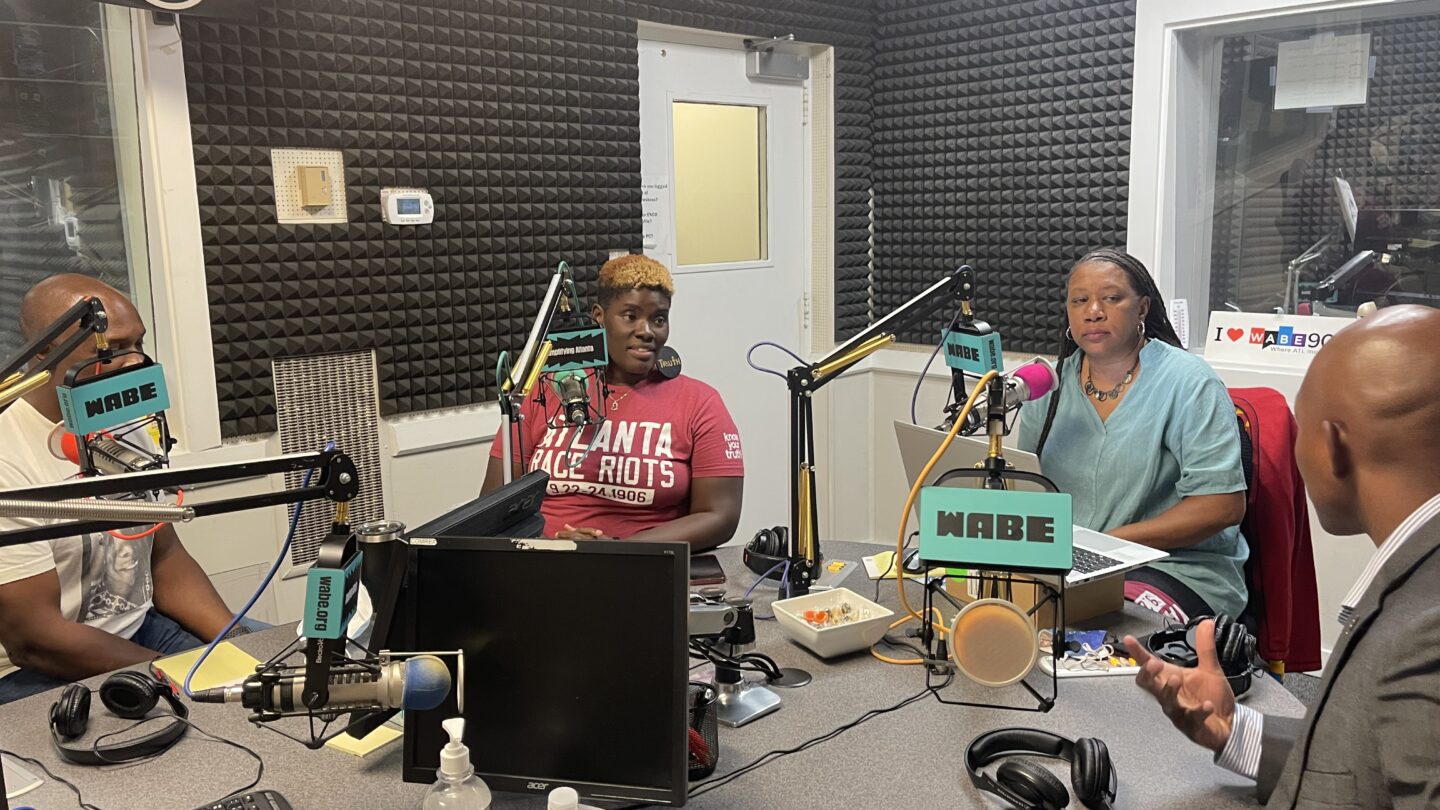Community leaders weigh in on approaches toward reducing youth violence

Firearms are the leading cause of death for Americans one to 17 years old. On this special edition of “Closer Look,” community experts discuss holistic approaches to minimize systemic, socio-economic barriers that promote youth violence.
From 2019-2020, gun homicides among children and teenagers saw a dramatic increase. Founders of L.E.A.D. Center For Youth C.J. and Kelli Stewart use baseball as a vehicle to help youth overcome crime, poverty and racism. The organization combats violence among Black youth by deconstructing the culture of survival born from limited access to housing, generational trauma, a deficit of resources and socio-economic barriers.
“When people are focused on surviving, they’re not focused on the future because the future seems so far away and the future seems unreasonable,” Kelli Stewart said. “When we find a way to get past this culture of surviving and get to thriving, we will see a difference.”
C.J. Stewart stressed the importance of investment in programs that work to help children develop literacy in conflict resolution. The organization seeks out African American boys in Atlanta Public Schools underperforming in grades, attendance and behavior and living in low-income homes to provide trauma-informed, active intervention that deals with issues they face.
He cited the impact of positive, knowledgeable mentors who express empathy for youth and motivate them to become strong members of the community and develop a sense of security.
Joshua Byrd, anti-gun violence program chairman of The 100 Black Men of Atlanta, explained the consequence of government funding and outreach at the state and national levels to provide infrastructure and cultivate change. Further, he pointed to the necessity of collaboration between community members in addition to nonprofit and government intervention.
Byrd called youth violence in the nation “a public health crisis.”
“At a certain point we have to rely upon other entities of the community to come in and help out,” Byrd said. “It’s a communitywide issue.”
Charles Barlow, Sr., CEO of the Pan African American Chamber of Commerce and Executive Director of Saving Our Sons & Sisters International, described America’s culture as one of violence whose remediation is reliant upon mentorship and wraparound services that instill violence prevention through conflict resolution and de-escalation.
Barlow cited “poverty, institutional racism, subpar education, generational trauma, crime and violence with an overlay of blight, historic underinvestment and economic isolation” as contributing factors in communities that experience high shooting rates, explaining that the maintenance of public safety is intrinsically reliant upon the reduction of youth violence.







